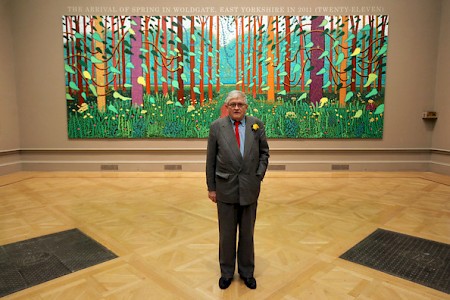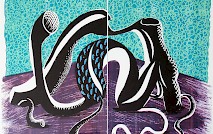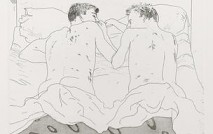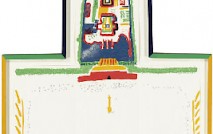Artist
David Hockney

David Hockney was born in Bradford, England, in 1937. He attended the Bradford College of Art from 1953 to 1957. Then, because he was a conscientious objector to military service, he spent two years working in hospitals to fulfill his national service requirement. In 1959, he entered a graduate school at the Royal College of Art in London alongside other young artists such as Peter Blake and Allen Jones, and he experimented with different forms, including abstract expressionism. He did well as a student, and his paintings won prizes and were purchased for private collections. Moving to Los Angeles in the 1960s, he painted his famous swimming pool paintings, which have become iconic works to the artist. In addition to pools, Hockney painted the interiors and exteriors of California homes. In 1970, this led to the creation of his first “joiner,” an assemblage of Polaroid photos laid out in a grid. Although this medium would become one his claims to fame, he stumbled upon it by accident. While working on a painting of a Los Angeles living room, he took a series of photos for his own reference, and fixed them together so he could paint from the image. When he finished, however, he recognized the collage as an art form unto itself, and began to create more.
In the 1970s, Hockney began working in photography, creating photo collages he called joiners. He continues to create and exhibit art, and in the late 1980s, Hockney returned to painting, primarily painting seascapes, flowers and portraits of loved ones. He also began incorporating technology in his art, creating his first homemade prints on a photocopier in 1986. The marriage of art and technology became an ongoing fascination—he used laser fax machines and laser printers in 1990, and in 2009 he started using the Brushes app on iPhones and iPads to create paintings. A 2011 exhibit at the Royal Museum of Ontario showcased 100 of these paintings. A 2011 poll of more than 1,000 British artists, Hockney was voted the most influential British artist of all time. He continues to paint and exhibit, and advocates for funding for the arts.





